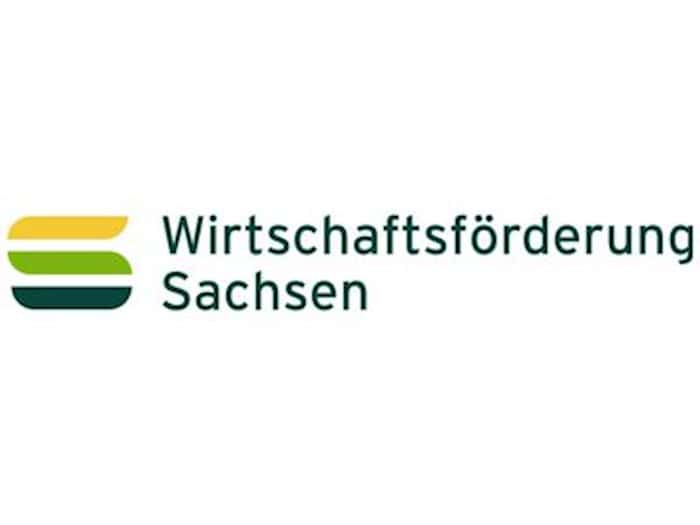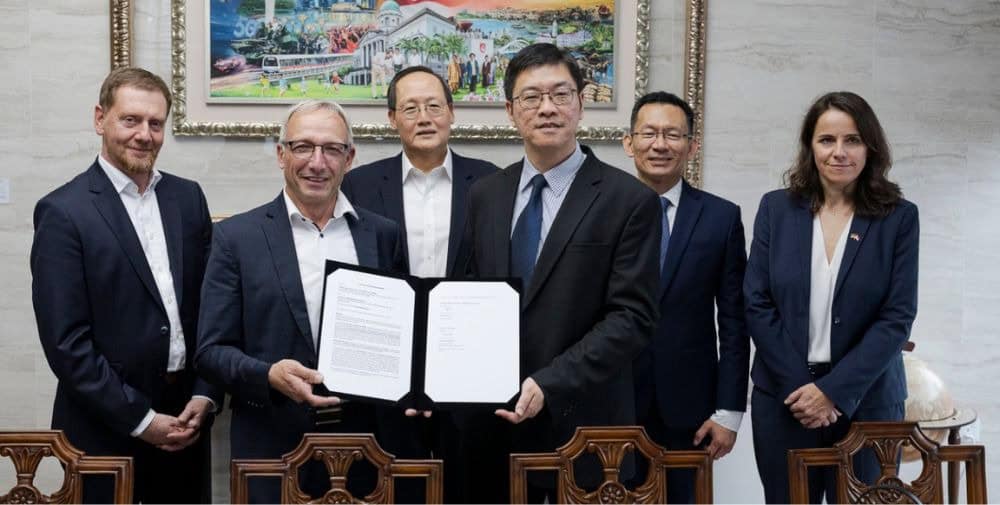Saxony is benefiting greatly from the dynamic investment activity in the Saxon microelectronics sector. The growth of the semiconductor ecosystem will make a significant contribution to the further positive economic development of the location in the coming years, which will be accompanied by greater value creation and thus a significant increase in gross domestic product, export growth and additional jobs.


This is the result of the study “Economic and regional economic growth effects of the semiconductor ecosystem in Saxony”, which was carried out by the institute for innovation and technology – iit from Berlin on behalf of Wirtschaftsförderung Sachsen GmbH (WFS).
Martin Dulig, Saxony’s Minister of Economic Affairs and Chairman of the Supervisory Board of WFS, says: “Saxony plays in the top group in the European Champions League of the semiconductor industry. Thanks in part to the European Chips Act, we have succeeded in attracting the world’s largest semiconductor contract manufacturer TSMC to Saxony. Infineon is currently expanding its Dresden plant with the largest single investment in the company’s history. These major projects are attracting further investment, particularly from suppliers. This will strengthen Saxony as an industrial and research location for decades to come. With the help of modern semiconductors and semiconductor applications, many small and medium-sized Saxon companies can also benefit and improve their competitiveness. But whoever says A must also say B. For the Free State of Saxony, this means further improving the site conditions for the sustainable development of the semiconductor location. As a free state, we will continue to focus on the topics of land development, infrastructure provision and investment in the education and research landscape and keep them on the political agenda.”
“It is good and important that the previously assumed positive effects of the investment activities of the Saxon semiconductor ecosystem are now also backed up with the corresponding figures and models for our location in economic and regional economic terms. The study shows the potential and opportunities in the region. This is a huge opportunity for investors, companies and suppliers of all kinds – from materials and machines to software and services. Whether from Germany, Europe, the USA or Asia – with this development, the Free State of Saxony offers a wide range of opportunities for the local economy and for international investors. Because it is worth becoming part of this special ecosystem. The study will therefore also play a relevant role for the work of the WFS in the future when it comes to attracting potential investors and international specialists in the face of global competition and supporting local players.
The development opportunities forecast for the microelectronics ecosystem beyond 2030 are also of great interest. Particularly noteworthy is the strengthening of the innovative power of the entire region through further investments that lead to the expansion of existing collaborations, new research projects and innovation programs. Important impulses are expected, for example, for energy and resource efficiency (“green” microelectronics) as well as for manufacturing excellence and skills development, which in turn will increase Saxony’s international attractiveness as a location. The study also assumes an expansion and diversification of the existing cluster of supplier and service provider structures in microelectronics. This will benefit companies in the entire ICT sector as well as research institutions and start-ups in equal measure. These are all important arguments for our relocation business and the further development of WFS’s work in the sector,” explains WFS Managing Director Thomas Horn.
The core topics in detail:
Value creation effects: Positive impact on gross domestic product (GDP) – doubling the share of industrial production in Saxony
The regional economic effects are distributed differently in the construction and production phases. Compared to the reference year 2023, Saxony is expected to experience additional value added of EUR 1.6 billion in the construction phase in 2025 and a significant increase in value added totaling EUR 12.6 billion in the subsequent production phase in 2030 compared to the reference scenario without the investment. With the additional EUR 12.6 billion in value added in 2030, the semiconductor industry/microelectronics will then have an additional share of around 7 percent of Saxony’s gross domestic product and the share of microelectronics in Saxony’s industrial production will almost double compared to today. Saxony will also consolidate its importance as a structure-building location for European semiconductor production. Thanks to the presence of important companies and an efficient research landscape, Dresden/Saxony is not only the largest semiconductor location in Europe, but also a trend-setting location. This also increases Saxony’s overall competitiveness compared to other German states.
Jobs: 24,200 new jobs by the end of 2030, not just in the semiconductor industry
The current and planned investments will create a total of around 5,500 direct new and qualified jobs at the start of production at the semiconductor companies esmc, Infineon, GlobalFoundries, Bosch, X-FAB and Jenoptik. These 5,500 employees in the direct semiconductor industry will result in an additional 9,900 indirect and induced jobs – and thus a total of 15,400 jobs immediately after the start of production in 2026/27. By the end of the decade, the employment resulting from the expansion of Saxony as a semiconductor location will increase to 24,200 direct, indirect and induced jobs, whereby the induced effects also include jobs outside the semiconductor industry. Looking into the 2030s, the current investment activity of semiconductor companies alone is expected to create around 30,000 additional jobs (direct, indirect, induced) in Saxony.
Increased prosperity: higher incomes and attractive earning opportunities
The effect of the semiconductor industry is already reflected in the income structure. While the gross monthly salary (median) in eastern Germany is €3,157, almost exactly €600 below the salary in western Germany at €3,752, the gross monthly salary in the semiconductor industry (east and west) is €4,545. This means that earnings in the semiconductor industry are significantly higher than the average. In addition, the positive consequences of investments with direct and indirect effects will also increase the volume of work and consequently the wage bill. The working population will have a higher income at their disposal and thus continue to drive value creation and general prosperity in the Free State of Saxony.
A necessity: international recruitment of skilled workers and employees
These potentials for Saxony as a business location can only be realized if it is possible to recruit sufficient skilled workers in view of the predicted demographic ageing and shrinking of the working population in particular. As the regional labor force potential is naturally limited, an influx is required which, according to the logic of the globally positioned semiconductor industry, extends well beyond Germany and includes the whole of Europe and other regions of the world.
Export growth: importance of the export industry is growing
Saxon industry is already closely linked to the world in economic terms. In the future, the importance of exports for economic development in Saxony is expected to increase even further. Under the conditions presented here, the export ratio (export share of gross domestic product) is expected to be around 36% in 2035 (2023: approx. 32%).
Outlook & Order:
For the development of Saxony as a semiconductor location beyond 2030, numerous opportunities are emerging that arise from the successful development history and diversity of the ecosystem – also in interaction with start-ups and other industries, technologies and companies. If it is possible to achieve a similar degree of automation as in the actual semiconductor production (frontend) through innovations, particularly in the area of systems in the previously very labor-intensive packaging (backend of chip production), a location in a high-wage country such as Germany is also conceivable. The local/regional semiconductor industry would benefit from the fact that Saxony is a strong location for mechanical engineering and automation technology.
Another future topic could be chip design, both in the course of developing new semiconductor products together with a wide range of user industries and with a view to manufacturing new types of chips for artificial intelligence.
Note:
The macroeconomic national total model QINFORGE and the regional economic model QMORE were used to project the macroeconomic and regional economic effects of the expansion of Dresden/Saxony as a semiconductor location.
_ _ _ _ _ _
Further links
👉 The complete study can be requested from the WFS at presse@wfs.saxony.de.
👉 https://standort-sachsen.de/de/
Photo: WFS
_ _ _ _ _
Note to the text
This is an automatic translation with DeepL.com. Read the original text in German.




